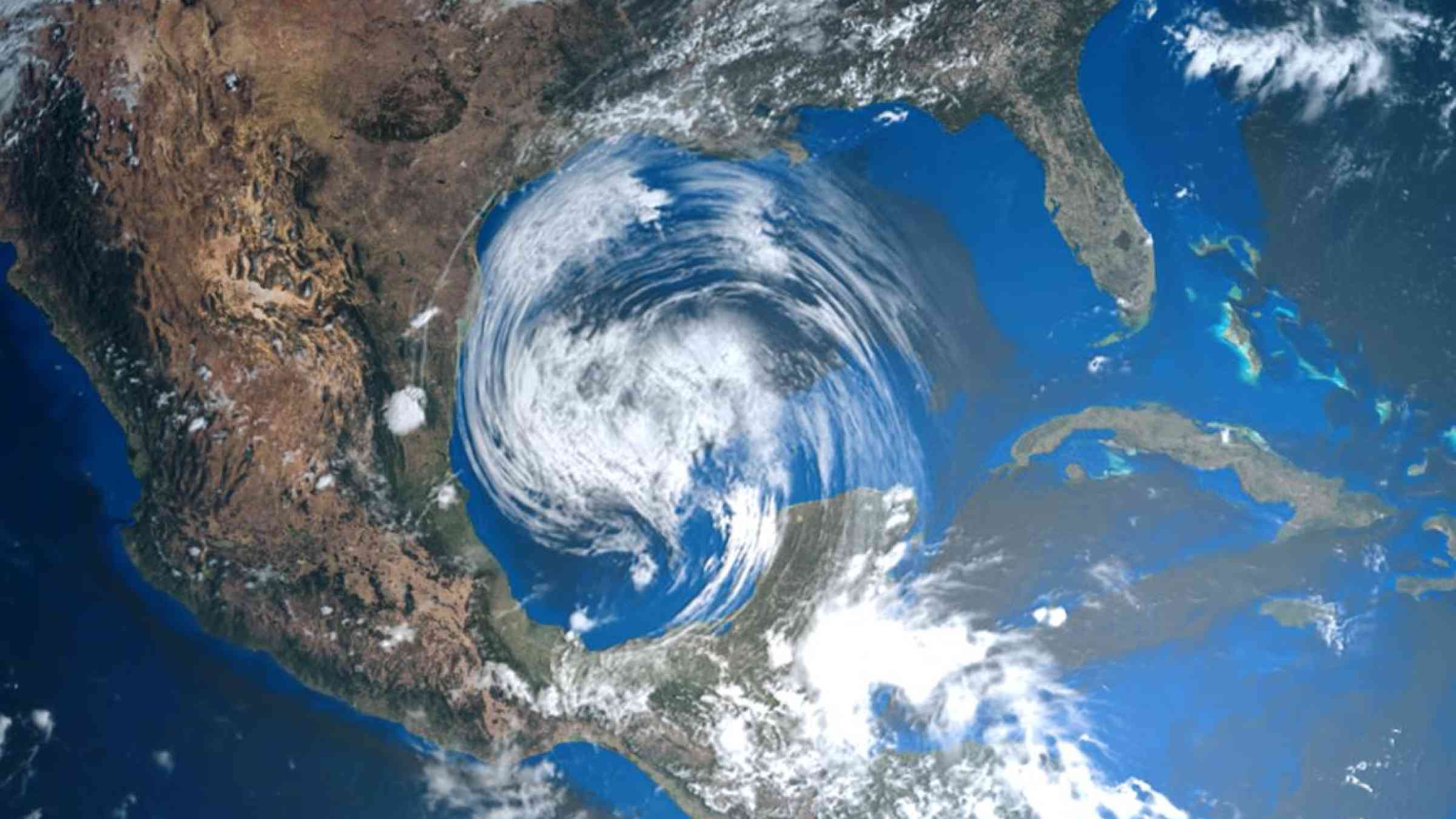Hurricane Sally’s fierce rain shows how climate change raises storm risks

By Henry Fountain and John Schwartz
As hurricanes go, Sally was not especially powerful. Rated a Category 2 storm when it struck the Gulf Coast on Wednesday, it was soon downgraded. But climate change likely made it more dangerous by slowing it down and feeding it more moisture, setting it up to pummel the region with wind and catastrophic rainfall.
[...]
“When a storm moves slower, it lingers longer over the same location,” said Kimberly Wood, a geoscientist at Mississippi State University. “A rain rate of, say, an inch an hour — that’s not so bad if the rain only lasts 30 minutes. But if it lasts for half a day, that adds up quickly.”
Sally was not an isolated example of a stalling hurricane. “There is increasing evidence that storms are slowing down,” Dr Wood said.
[...]
Researchers increasingly see a link between stalling of hurricanes and climate change. Rapid warming in the Arctic has reduced the difference in temperature between that region and the tropics, leading to a weakening and slowing of the jet stream and related winds that drive hurricanes’ forward movement.
Hurricanes also sometimes meander, Dr. Kossin said. Hurricane Harvey, which inundated Houston in 2017, moved back and forth over the area, increasing the deluge.
[...]